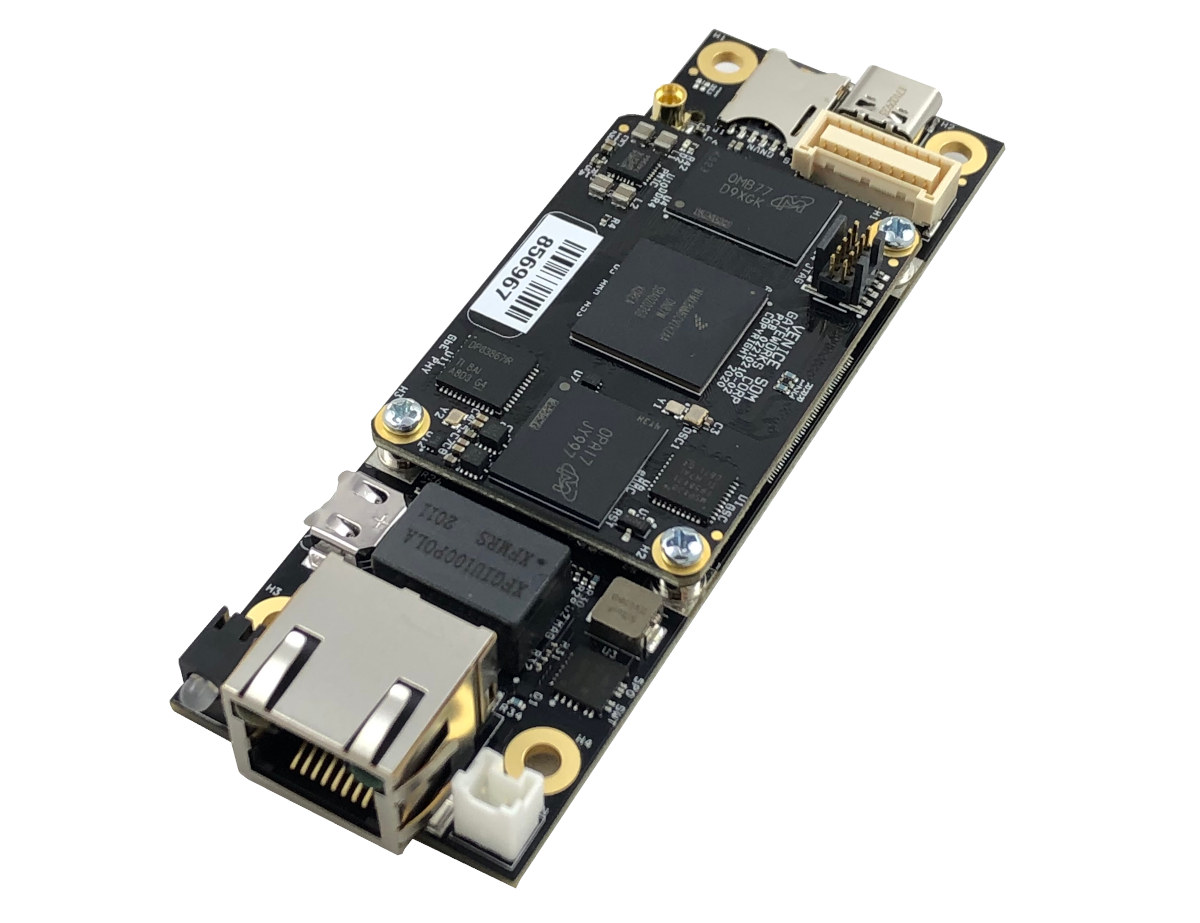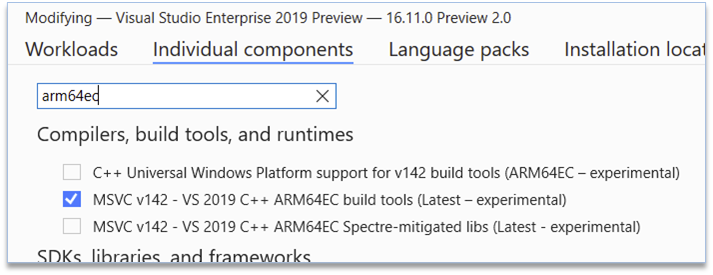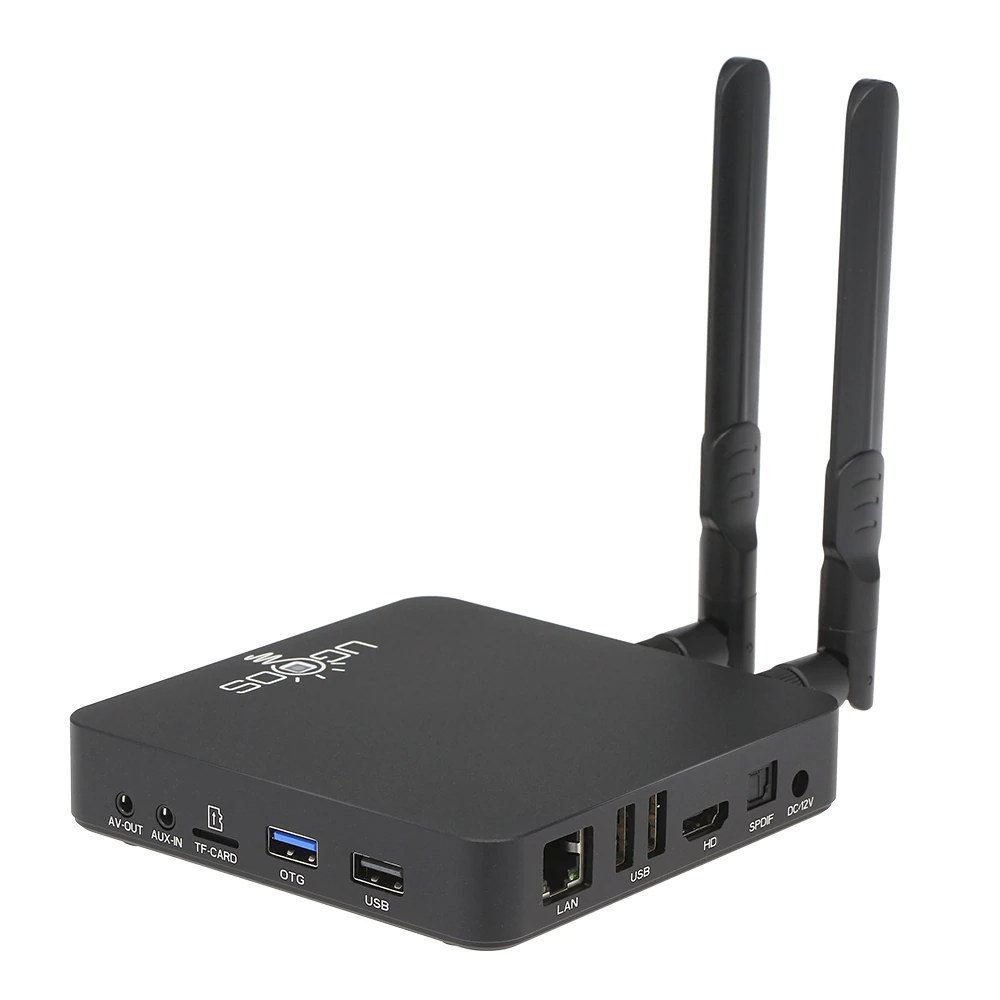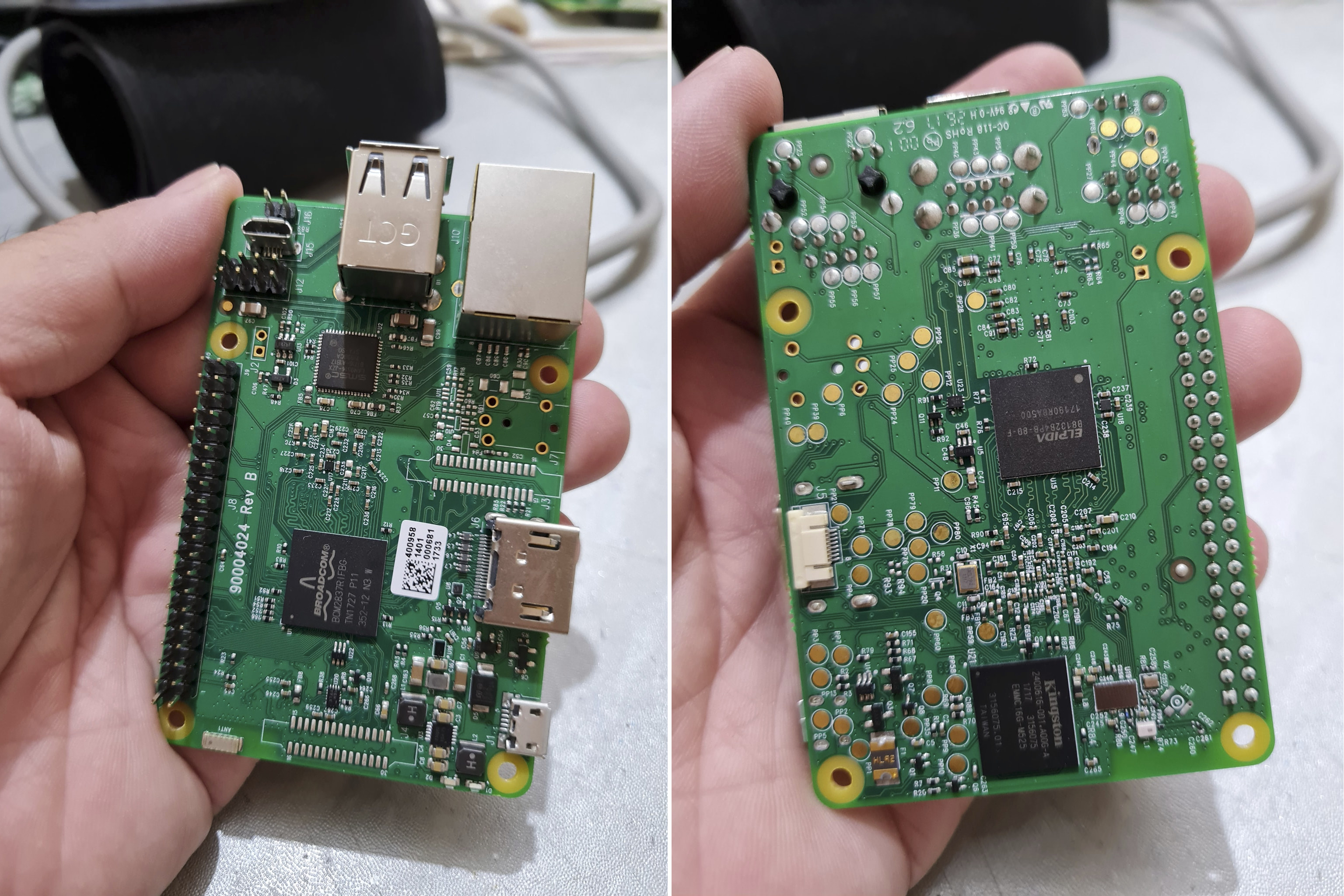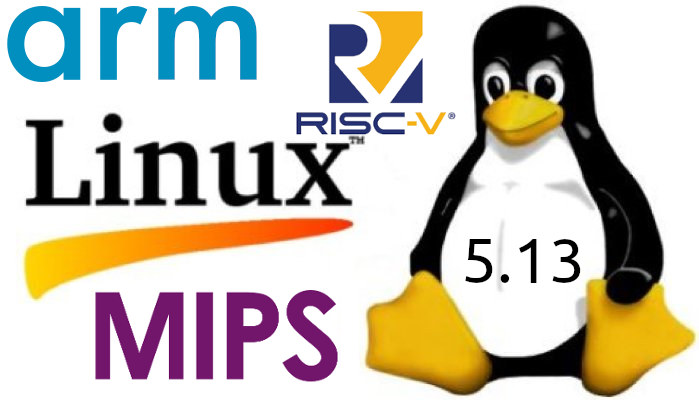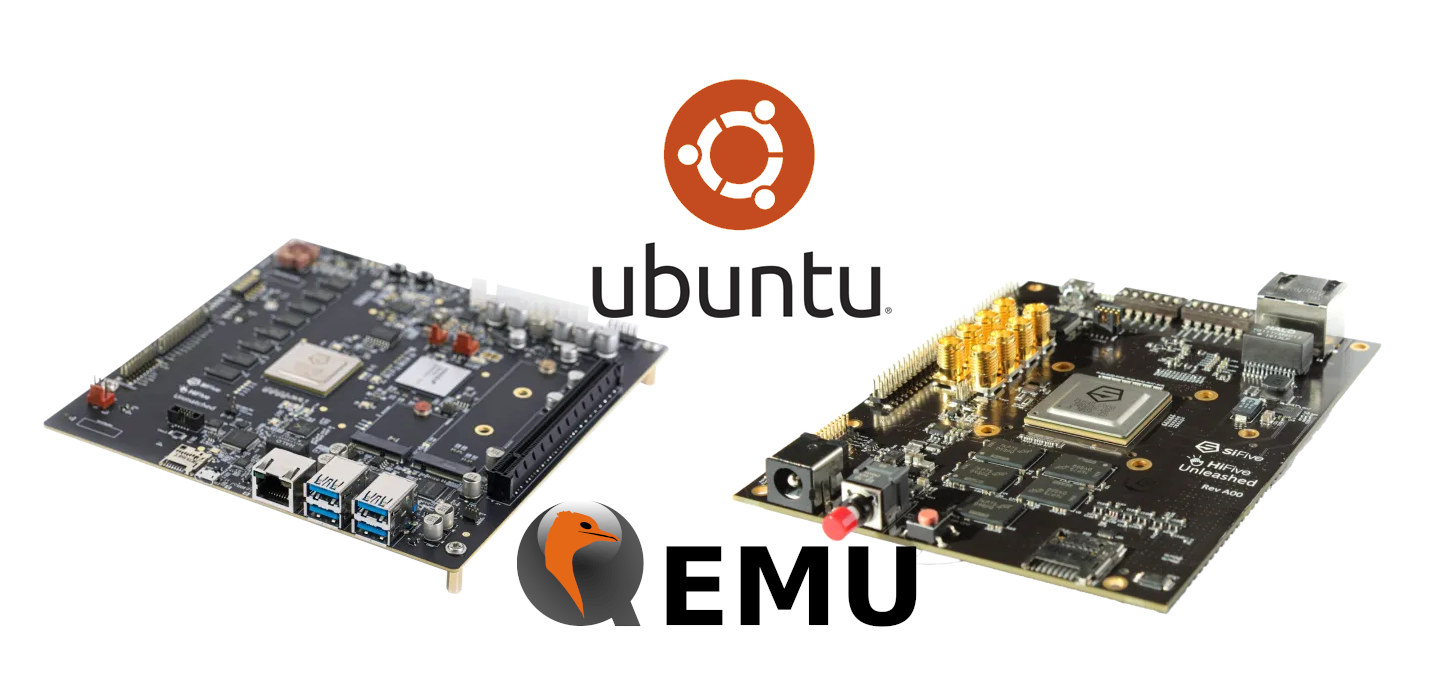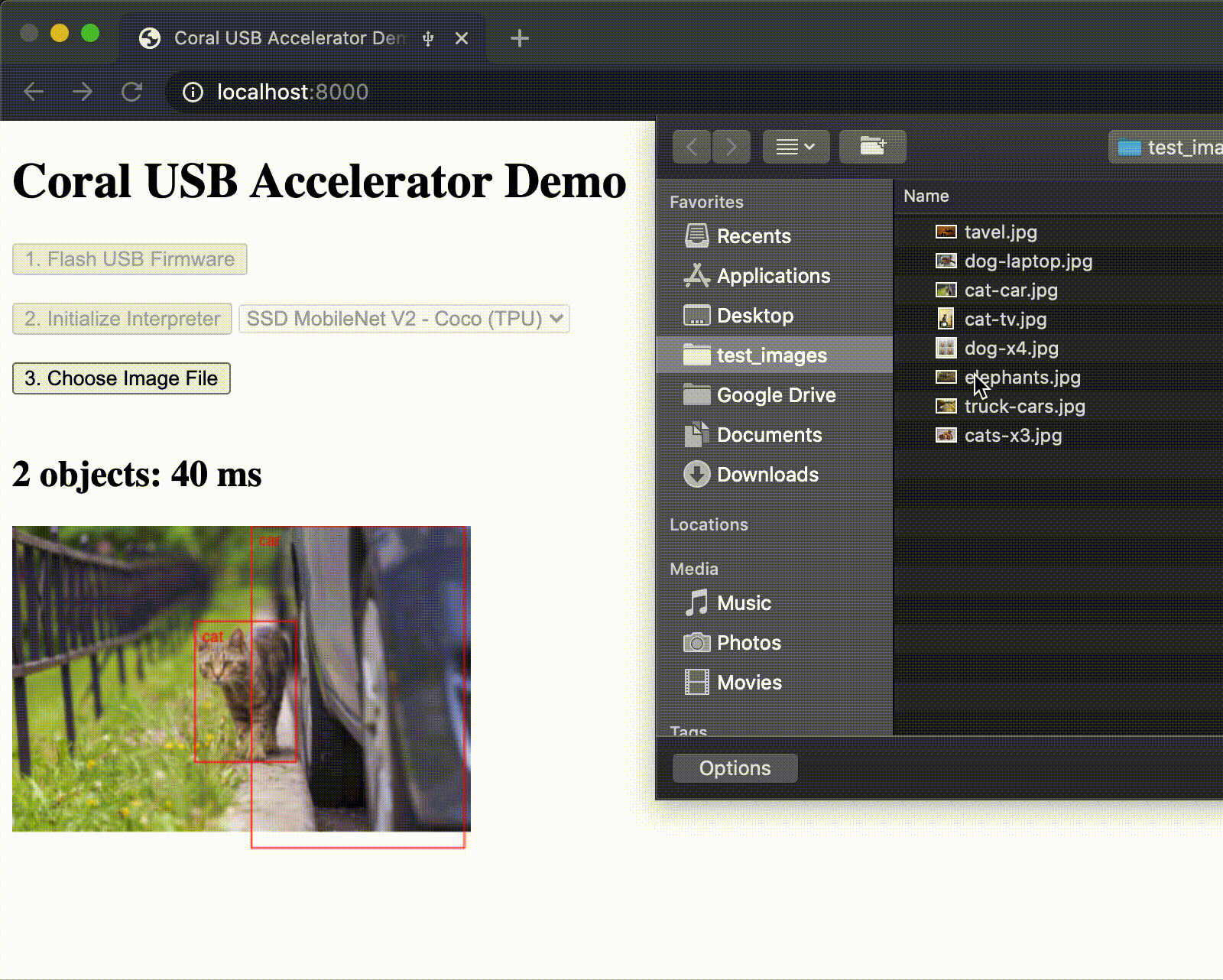Gateworks introduced the new Venice Industrial IoT SBC Family based on NXP i.MX 8M Mini processor with up to two Ethernet ports and four mPCIe Sockets last September starting with GW7300 board with dual Gigabit Ethernet and three mPCIe sockets. But the US company has now announced the availability of the smallest member of the family with Venice GW7100 SBC equipped with just one Gigabit Ethernet port and one mPCIe socket in a compact 100x35mm form factor. Venice GW7100 specifications: SoC – NXP i.MX 8M Mini single, dual or quad-core Arm Cortex-A53 processor @ up to 1.6GHz, with Arm Cortex-M4 at 400+MHz, 3D GPU (OpenGL ES 2.0), 2D GPU, and 1080p VPU System Memory – 1 GB LPDDR4 (up to 4GB) Storage – 8 GB eMMC flash (up to 64GB) Connectivity 1x Gigabit Ethernet RJ45 port with passive PoE support WiFi/Bluetooth or Cellular connectivity via mini PCIe socket and Nano-SIM […]
ARM64EC mixes Arm and x64 emulated code in Windows 11 for higher performance on Arm
Windows has been available on Arm for a few years, and while software support has progressed there have always been some limitations, and emulated x86/x64 code on Arm does not usually run as fast as native ARM32/ARM64 code. So far developers had a binary choice: run their x86/x64 app on Arm using emulation, or port the entire app to Arm, But Microsoft has now come up with a solution that mixes x64 emulation and native Arm with ARM64EC (Emulation Compatible). That means developers won’t need to port the complete app to Arm, but instead could do so step-by-step and focus on part of the code where native Arm support makes the most difference. Microsoft explains: ARM64EC is a new application binary interface (ABI) for Windows 11 on ARM that runs with native speed and is interoperable with x64. An app, process, or even a module can freely mix and match […]
Art-Pi STM32H750 Cortex-M7 board supports RT-Thread, mainline Linux
I like to browse Linux changelog to learning about new features in the kernel, but also new hardware that made it into mainline Linux, even if only preliminary or partial. And in the just-released Linux 5.13, one board that caught my eye was Art-Pi, powered by an STMicro STM32H750 Cortex-M7 microcontroller without MMU (memory management unit) that was initially designed for RT-Thread real-time operating system. Art-Pi specifications: MCU – STM32H750XBH6 Value Line Cortex-M7 microcontroller @ 400 MHz, with 128KB flash, 16KB D/I cache, 864 SRAM, 64KB+128KB TCM with ECC correction System Memory – 32MB SDRAM Storage – MicroSD card slot, 16 MB SPI flash, 8MB QSPI flash Display – FPC connector for RGB888 displays Connectivity – SDIO WiFi 4 and UART Bluetooth via Ampak AP6212 module USB – 1x USB OTG Type-C port Debugging – On-board ST-LINK/V2.1 via USB-C DBG port Expansion – 2x 40-pin P1 & P2 headers with […]
Ugoos AM6B Plus 2021 TV box adds WiFi 6 connectivity
Ugoos AM6B Plus 2021 is an update to last year’s Ugoos AM6 Plus Android 9.0 TV box with Dolby Vision support through Amlogic S922X-J hexa-core processor. What has changed exactly? A WiFi 6 & Bluetooth 5.0 LE module replaces the WiFi 5 & Bluetooth 5.0 LE module used on the previous model. The new WiFi 6 TV box still comes with 4GB RAM, 32GB eMMC flash, Gigabit Ethernet, 4K video support through an HDMI 2.1 port, and VPU capable of 4Kp60 H.265, H.264, and VP9 video decoding. Ugoos AM6B Plus 2021 specifications: SoC – Amlogic S922X-J hexa-core processor with 4x Arm Cortex-A73 cores @ up to 2.2 GHz, 2x ARM Cortex-A53 cores, and an Arm Mali G52 MP6 GPU System Memory – 4GB LPDDR4 Storage – 32GB eMMC flash, MicroSD card slot up to 32GB Video Output – HDMI 2.1 up to 4K @ 60fps with HDCP2.2 support, HDR10, HDR10+, […]
Custom Raspberry Pi 3 SBC with eMMC flash powers gateway for washing machines
As I was browsing some group on Facebook, I noticed somebody had bought a custom Broadcom BCM2837 SBC that looks very much like a Raspberry Pi 3 board, and that thing was apparently bought from a Saleng, a three-wheeled motorbike with a side cart where people can buy and sell old/second-hand items. All good fun… So without further ado, here’s what the board looks like… Click for higher resolution photos. Both MIPI CSI and DSI connectors are gone, and so is the AV jack. Two of the USB 2.0 ports have made place for a micro USB port and some headers. Looking at the bottom of the board, the MicroSD card slot is gone, because there’s a 16GB Kingston eMMC flash for storage in that location. At first, I was quite confused, first because the Raspberry Pi logo is nowhere to found, then it’s the first “Raspberry Pi” SBC I […]
Linux 5.13 Release – Notable changes, Arm, MIPS and RISC-V architectures
Linus Torvalds has just announced the release of Linux 5.13: So we had quite the calm week since rc7, and I see no reason to delay 5.13. The shortlog for the week is tiny, with just 88 non-merge commits (and a few of those are just reverts). It’s a fairly random mix of fixes, and being so small I’d just suggest people scan the appended shortlog for what happened. Of course, if the last week was small and calm, 5.13 overall is actually fairly large. In fact, it’s one of the bigger 5.x releases, with over 16k commits (over 17k if you count merges), from over 2k developers. But it’s a “big all over” kind of thing, not something particular that stands out as particularly unusual. Some of the extra size might just be because 5.12 had that extra rc week. And with 5.13 out the door, that obviously means […]
Ubuntu 20.04/21.04 64-bit RISC-V released for QEMU, HiFive boards
Let’s a lot of excitement around RISC-V open architecture, but a lot of work still needs to be done to bring the ecosystem to level with Arm or x86 architecture from the silicon to the software. Progress is made step-by-step and one of these steps is Canonical released Ubuntu 64-bit RISC-V (RISCV64) images for some of SiFive HiFive boards, as well as QEMU open-source emulator. Specifically, Canonical released an Ubuntu 20.04.2 LTS image for HiFive Unleashed & QEMU, and an Ubuntu 21.04 image for HiFive Unleashed, HiFive Unmatched, and QEMU. Note those are only server images, and there’s no desktop image yet like for Ubuntu 21.04 on Raspberry Pi 2/3/4. It’s been possible to run RISC-V Linux in QEMU for at least three years, but when I tried it was a minimal system based on Busybox, so let’s try again with Ubuntu 21.04 following the instructions provided on Discourse. I […]
Coral Dev board news – NXP critical firmware update, manufacturing demo, and WebCoral in Chrome
Google Coral is a family of development boards, modules, M.2/mPCIe cards, and USB sticks with support with local AI, aka on-device or offline AI, based on Google Edge TPU. The company has just published some updates with one important firmware update, a manufacturing demo for worker safety & visual inspection, and the ability to use the Coral USB accelerator in Chrome. Coral firmware update prevents board’s excessive wear and tear If you own the original Coral development board or system-on-module based on NXP i.MX 8M processor, you may want to update your Mendel Linux installation with:
|
1 2 |
sudo apt update sudo apt dist-upgrade |
The update includes a patch from NXP with a critical fix to part of the SoC power configuration. Without this patch, the SoC might overstress and the lifetime of your board could be reduced. Note this only affects NXP-based boards, so other Coral products such as Coral Dev Mini powered by Mediatek MT8167S […]


